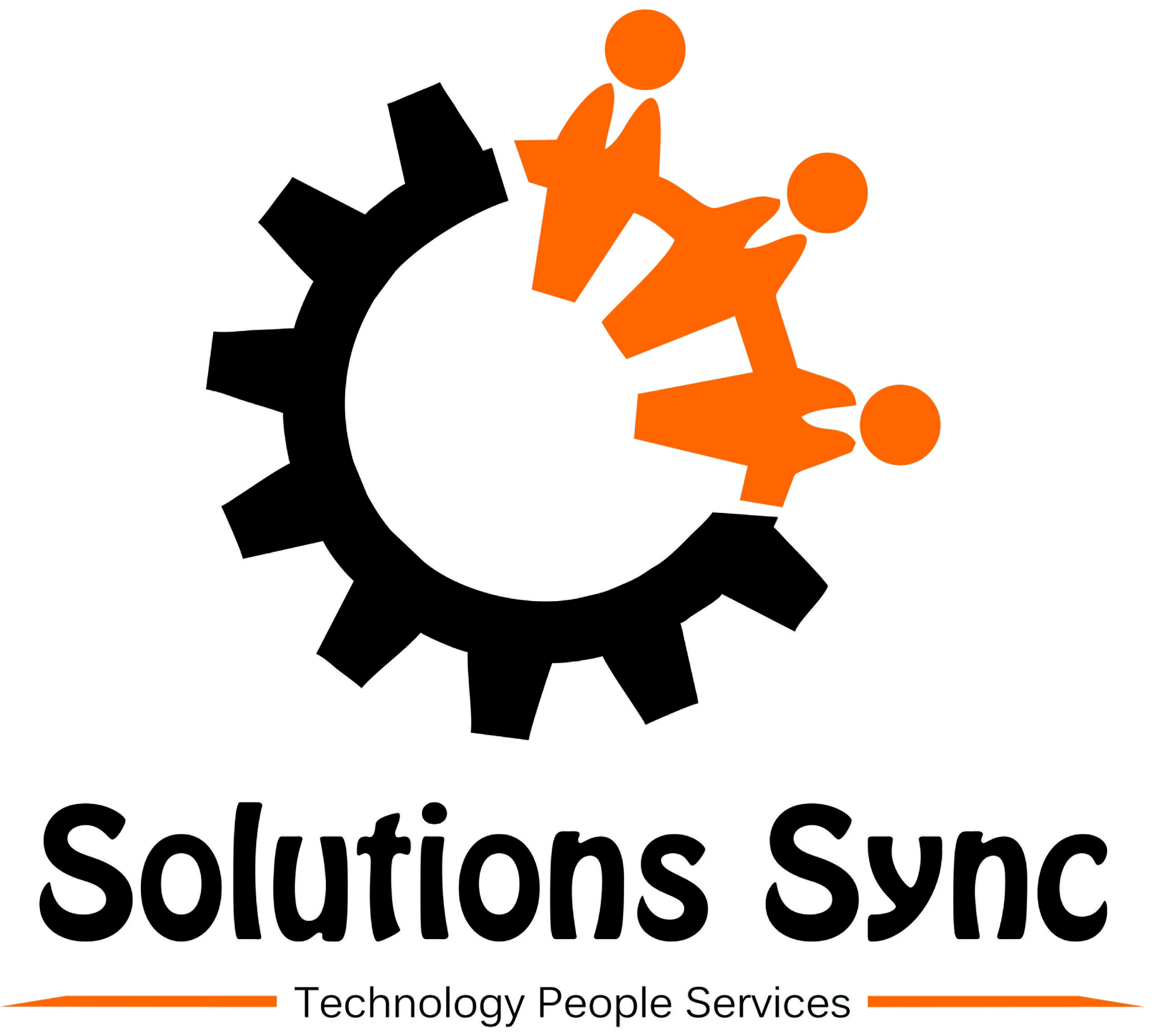
When it comes to recruiting top talent, businesses today have more options than ever. Two of the most common hiring models used by companies across the U.S. are Temp-to-Hire and Direct Placement. Each model offers distinct advantages depending on your company’s goals, timelines, and budget. At SolutionSync, we help businesses navigate these hiring choices to build the workforce they need—faster and smarter.
In this blog, we’ll break down the differences between temp-to-hire and direct placement, and help you determine which model fits best for your organization.
What is Temp-to-Hire?
Temp-to-hire is a staffing model where a candidate is initially brought in on a temporary basis with the intention of being hired full-time after a trial period (usually 3 to 6 months). This model provides both the employer and the employee with a chance to evaluate fit before making a long-term commitment.
Benefits of Temp-to-Hire:
- Try Before You Hire: Test a candidate’s skills, work ethic, and cultural fit in real time.
- Reduced Hiring Risk: Avoid costly hiring mistakes by observing performance before extending a permanent offer.
- Fast Staffing for Immediate Needs: Quickly fill roles during busy seasons or unexpected vacancies.
- Payroll Flexibility: The staffing agency (like SolutionSync) handles payroll and benefits during the temp phase.
Best for:
- Companies with high turnover or seasonal spikes
- Businesses scaling quickly or with changing project needs
- Employers who prefer risk mitigation before permanent onboarding
What is Direct Placement?
Direct placement (also known as direct hire) involves recruiting a candidate who is hired immediately as a full-time employee with full benefits and responsibilities. The placement agency helps source and screen the talent, but the employee joins your team directly from day one.
Benefits of Direct Placement:
- Attracts Serious Talent: Candidates are more likely to commit when offered permanent roles from the outset.
- Faster Team Integration: Direct hires typically engage faster and have a longer-term mindset.
- Ideal for Specialized Roles: Critical or senior-level roles are best filled through direct hire to ensure continuity.
- Streamlined Process: Save time and internal HR effort by outsourcing recruitment to professionals.
Best for:
- Long-term or strategic positions
- Executive or specialized technical roles
- Companies with stable and predictable hiring needs
Temp-to-Hire vs. Direct Placement: Side-by-Side Comparison
| Feature | Temp-to-Hire | Direct Placement |
| Time to Hire | Fast | Moderate |
| Cost Structure | Pay hourly + conversion fee | One-time recruitment fee |
| Commitment | Temporary to start | Immediate permanent |
| Risk Level | Lower risk | Higher upfront risk |
| Ideal For | Entry/mid-level, operational roles | Strategic, specialized, or leadership roles |
Which Model Should You Choose?
The right choice depends on your workforce strategy, urgency, and budget.
Ask yourself:
- Do I need someone to start immediately, but I’m unsure about long-term fit? → Temp-to-Hire
- Am I hiring for a critical role that requires a permanent commitment? → Direct Placement
- Do I want to test someone’s skills before making them a permanent team member? → Temp-to-Hire
- Do I have clear long-term staffing needs and want to reduce turnover? → Direct Placement
At SolutionSync, we work closely with you to understand your hiring goals and recommend the best model. Whether you’re growing a small team or filling specialized roles at scale, our expert recruiters are here to help.
Partner with SolutionSync for Flexible & Effective Hiring
From startups to enterprise clients, SolutionSync supports companies across the U.S. with flexible staffing models tailored to their business needs. Whether you’re considering a temp-to-hire trial or a full-time hire, we bring top talent to your doorstep—quickly and efficiently.
